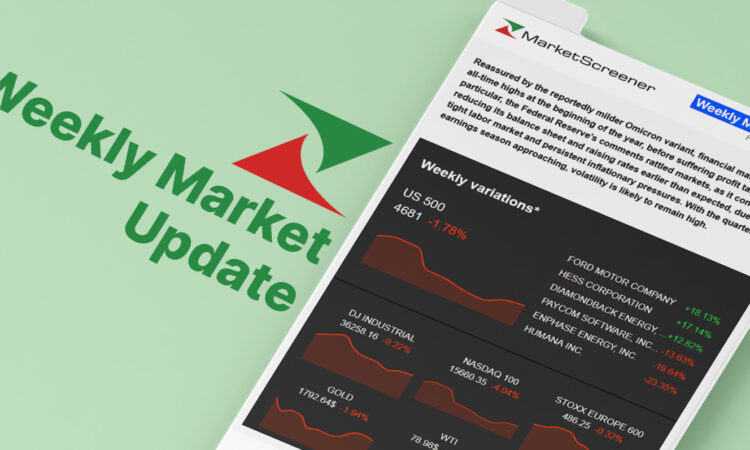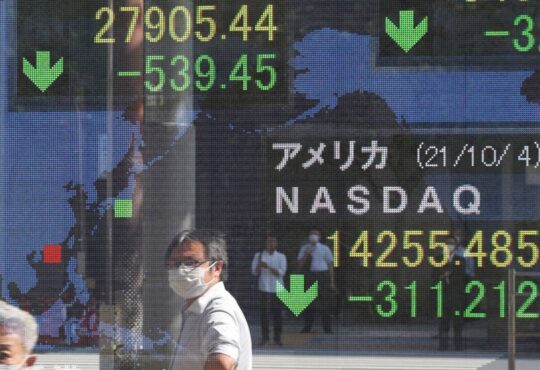
Currencies. Fluctuations have been relatively contained in recent days, compared to those of previous weeks. The U.S. dollar has entered a breathing phase after its rally, but the consolidation is modest. The Dollar Index (DXY), which compares the greenback to a basket of six currencies, is hovering around 104.80, compared to 105.20 a week ago. The Indian rupee (INR) is strengthening against major currencies after the announcement of a larger-than-expected fiscal deficit reduction target. The INR/USD pair is trading at USD 0.0122 per 1 INR. In Europe, EUR/CHF is little changed at CHF 0.9962 per EUR. The EUR/GBP pair is in a similar situation, with a level of GBP 0.8852 for 1 EUR.
Rates. And one more! For the fourth week in a row, U.S. rates continued to rise and even approached 4.10% before easing a bit. Next week could prove to be important as economists await more clues on the job market. Remember that February’s bullish rally began on the heels of the release of much better than expected nonfarm payrolls. The question now is whether February’s data was just a catch-up from the previous months or a real illustration of the strength of the U.S. labor market. The latter would increase the pressure on the Fed to maintain its hawkish stance. On the European side, the latest macroeconomic data show a continuation of inflation that the ECB will also have to try to contain by further increases in its main policy rate. We will watch the 2.80% as intermediate resistance before the 3.01%.
Cryptocurrencies. Amid a growing regulatory crackdown in the US on crypto-currencies, and less than optimal macro conditions for risky assets, bitcoin is stalling. The crypto-asset market leader is letting go of 5% of its capitalization this week and is back flirting with $22,000 as of this writing. Without strong positive catalysts, bitcoin, and the crypto-currency market as a whole, may still struggle to regain the hearts and confidence of investors.
Timeline. For all of the above reasons, the main event next week is Fed boss Jerome Powell’s semi-annual hearing before the U.S. Senate Banking Committee on Tuesday. He will do the same thing the next day in front of the House of Representatives, but we can bet that he will give more or less the same speech. The other big event of the week relates to the US labor market, with the quartet of ADP survey / JOLTS survey on Wednesday, then Challenger survey on Thursday and finally employment data in February on Friday. In Europe, Christine Lagarde is scheduled to speak on Wednesday at an event in Geneva. In Asia, the Bank of Japan will issue a monetary policy decision, the last of the Kuroda era, on Thursday night. Meanwhile in China, authorities are expected to set growth targets for 2023 on Monday.





